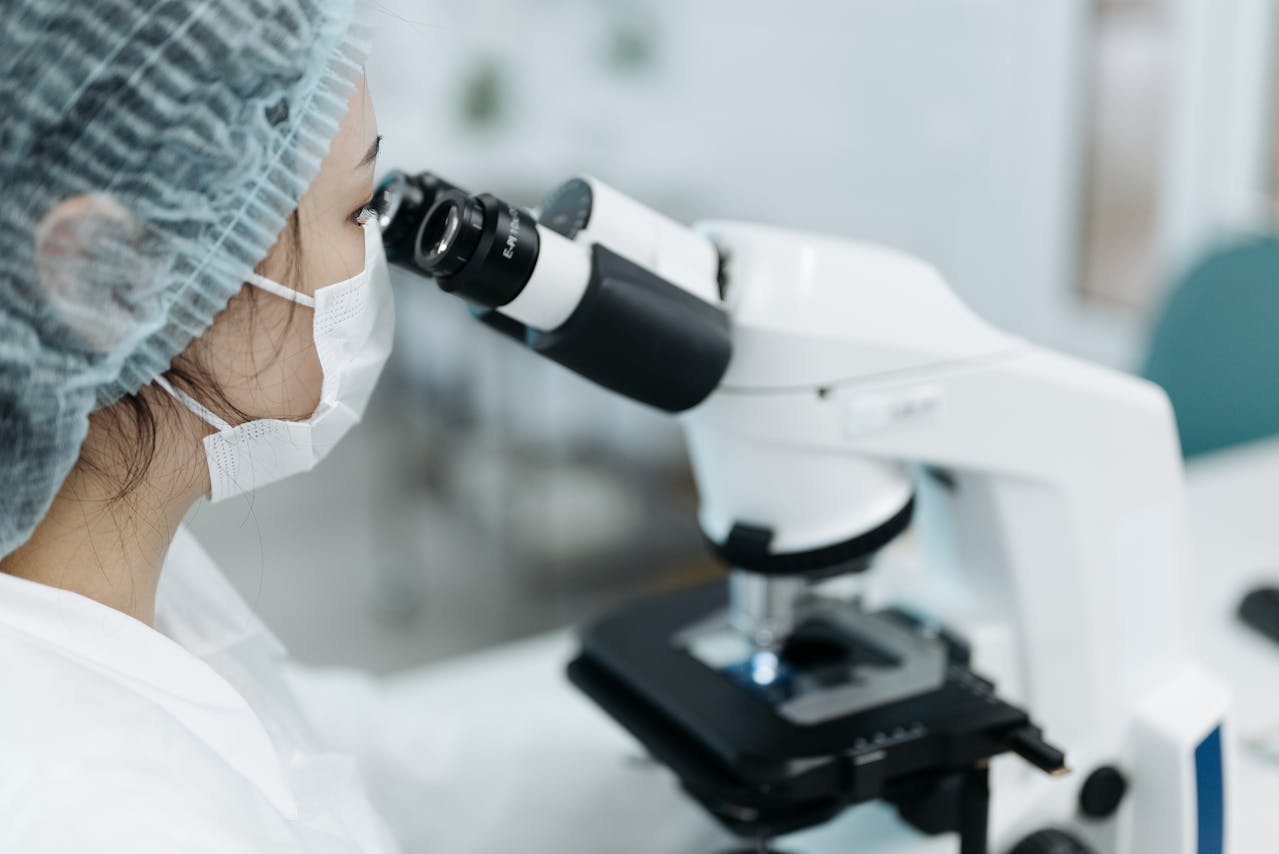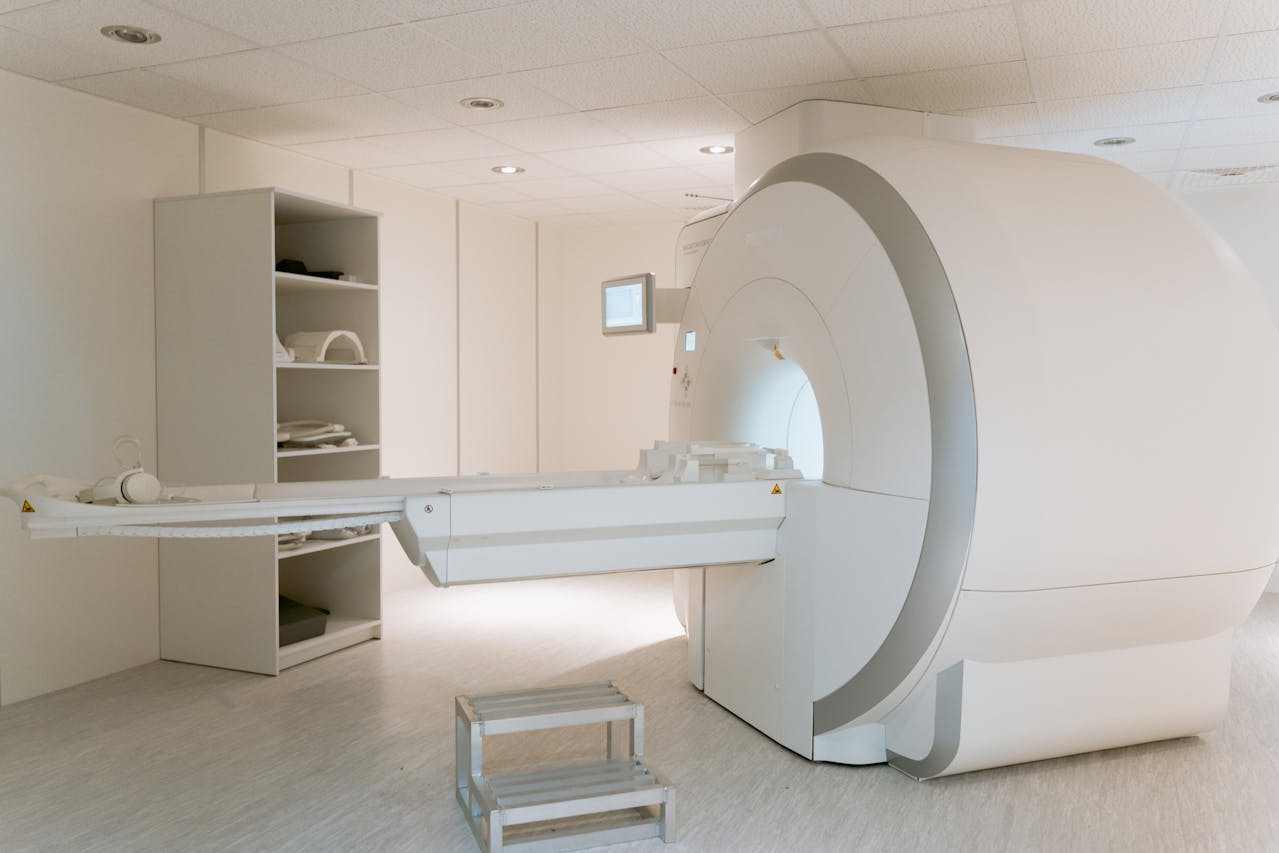Optimizing Surgical Technology with Cutting-Edge Techniques
Surgical technology continues to advance with innovations in robotic-assisted procedures, AI-driven diagnostics, and enhanced workflow optimization. Understanding these techniques helps maximize precision, efficiency, and patient safety in modern surgery.
Improve surgical outcomes by integrating AI-powered imaging, enabling real-time analysis for accurate diagnosis and procedural planning.
Leverage robotic-assisted surgical systems to refine techniques, reduce invasiveness, and improve recovery times for patients undergoing complex operations.
Optimize digital workflow solutions to ensure seamless coordination among surgical teams, enhancing procedural efficiency and minimizing delays in operating rooms.
Stay ahead in surgical tech innovation by adopting smart sterilization systems, augmented reality training, and data-driven surgical monitoring for post-operative care enhancements.


